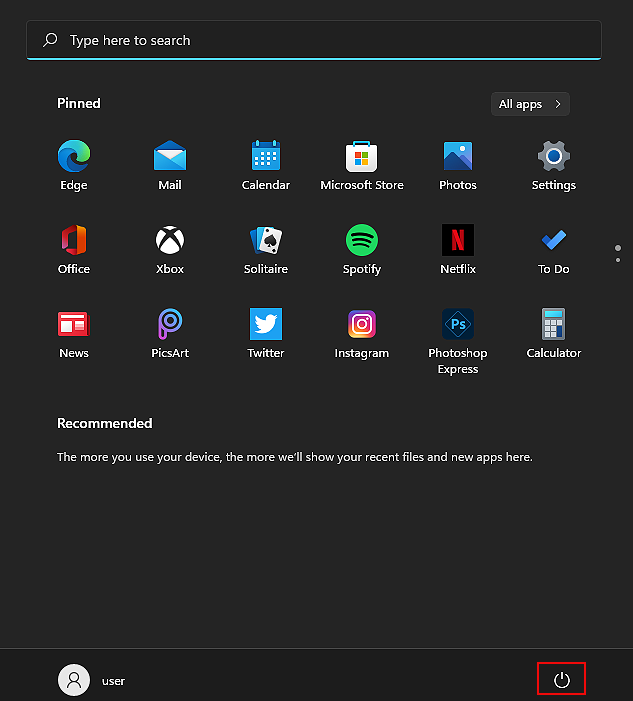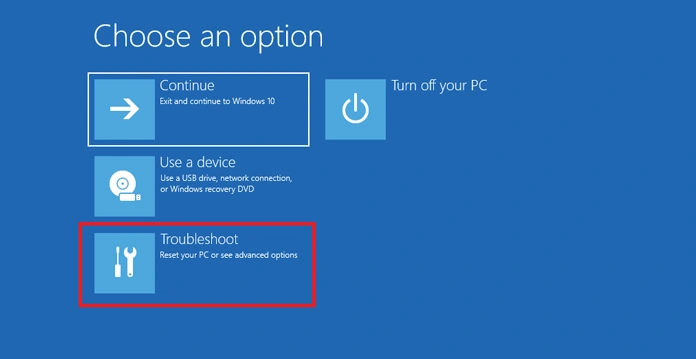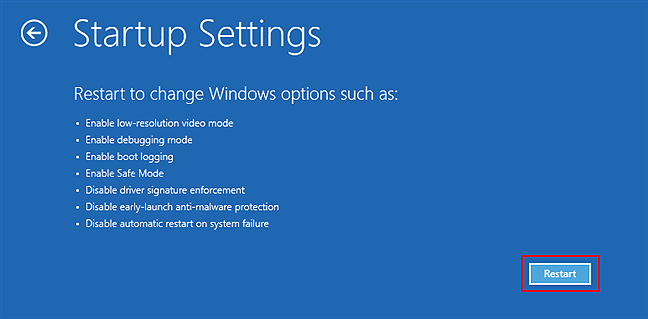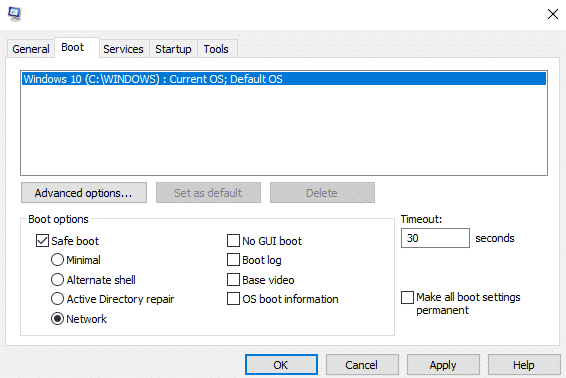Looking for easy ways to boot Windows 11 in Safe Mode on your PC?
Windows Safe Mode is a diagnostic startup mode that enables you to gain limited access to your operating system when it fails to launch normally. It is an alternative way of starting your computer in which only the essential programs are launched.
In normal circumstances, when you start your computer, several drivers and other programs are launched automatically. They enable your operating system to communicate with other devices and software. On the other hand, Safe Mode loads only the minimum number of drivers required to run the computer. Typically just the mouse, keyboard, and display drivers are launched.
Window’s Safe Mode is commonly used to identify and fix issues when the operating system starts acting up.
In this guide, we will walk you through several ways of launching Windows 11 in Safe Mode. All the methods we have discussed below are easy to perform, and should not take much of your time.
Let’s get started!
1. Boot Windows 11 in Safe Mode from Startup (WinRE).
The first (and easiest) method to boot Windows 11 in Safe Mode is by using the Start menu.
You only need your keyboard and the Start menu for this method, so if your computer starts acting up all of a sudden, you will be able to identify solve the problem with this method in no time.
Here is what you need to do:
- Click on the Start menu and select the Power icon.

- Hold the Shift key and click on the Restart button.
- When the Advanced Startup menu is launched, select Troubleshoot.

- Now select Advanced options and in the next window, click on Startup Settings from the list of options available.
- Next, click on the Restart button and wait for your PC to reboot.

- Finally, press one of the keys mentioned below in the Startup screen to make the desired changes.
4 - Enable Safe Mode 5 - Enable Safe Mode with Networking 6 - Enable Safe Mode with Command Prompt

This should make the desired changes in no time.
2. Boot Windows 11 in Safe Mode from System Configuration (msconfig).
Microsoft Configuration Manager is a system utility for troubleshooting the Microsoft Windows startup process. You can use it to perform several functions like disabling or re-enabling software, device drivers and Windows services that run at startup, or switch to the Safe Mode.
Follow these steps to boot Windows 11 in Safe Mode using the System Configuration utility:
- Press Windows + R keys simultaneously on your keyboard to open a Run dialogue box.
- Inside the text field of the dialogue box, type ‘msconfig‘ and hit Enter. This will launch the System Configuration window.

- In the newly launched window, go to the Boot tab.
- If you want to boot in Safe Mode only, then checkmark the box associated with Safe boot, select the Minimal toggle and leave everything else unchecked.

- If you want to select Safe Mode with Networking, then checkmark Safe boot, select the Network toggle and leave everything else unchecked.
- Similarly, if you want to select Safe Mode with Command Prompt, then checkmark Safe boot, select the Alternate shell toggle and leave everything else unchecked.
- Once done, click Apply and restart your PC to save the changes.
By following the steps mentioned above, you should be able to boot Windows 11 in Safe Mode.
3. Boot Windows 11 in Safe Mode via Command Prompt (CMD).
Windows comes with a command-line interpreter called Command Prompt. You can use it to automate tasks using scripts and batch files, meet advanced administrative requirements, and troubleshoot certain kinds of issues in Windows.
Here is how you can use Command Prompt to boot Windows 11 in Safe Mode:
- Press Windows + R keys simultaneously on your keyboard to open a Run dialogue box.
- Inside the text field of the dialogue box, type cmd and press Ctrl + Shift + Enter together to open up an elevated Command prompt.
- Once you are inside the Command Prompt window, copy and paste one of the commands mentioned below. Hit Enter to execute the command.
Safe Mode
bcdedit /set {current} safeboot minimal
Safe Mode with Networking
>bcdedit /set {current} safeboot network
Safe Mode with Command Prompt
bcdedit /set {current} safeboot minimal
AND
bcdedit /set {current} safebootalternateshell yes
Once done, restart your PC to save the changes made.
4. Try Using CleanMyPC.
If you cannot execute any of the methods described in this guide, your system might be infected with a virus or bug. The best course of action would be to clear the junk files before troubleshooting the issue.
It is best to use a professional PC cleaner to remove clutter from your computer. One recommendation we have is CleanMyPC.

CleanMyPC offers a range of tools that can address other PC issues besides removing junk files. When you install the tool and run an initial scan, it will automatically identify problems and fix them without requiring user intervention.
CleanMyPC is also quite easy to use. Even if you’ve never used a PC cleaner before, you’ll have no problem using it.
5. Boot Windows 11 in Safe Mode via Command Prompt during Boot.
In case you want to launch Windows in Safe Mode during the startup process using Command Promot, Windows allows you to do so. However, you must have installation media to perform the steps mentioned below successfully.
Here is what you need to do:
- Reboot Windows using an installation media and at the first Windows Setup screen, press Shift + F10 keys simultaneously.
- Now copy and paste one of the following commands mentioned below according to your preferences. Hit Enter to execute it.
Safe mode
bcdedit /set {default} safeboot minimal
Safe mode with Networking
bcdedit /set {default} safeboot network
Safe mode with Command Prompt
bcdedit /set {default} safeboot minimal
AND
bcdedit /set {default} safebootalternateshell yes
Note: Replace default with the identifier of your operating system. For instance; Windows 11.
Hopefully, following these steps will boot Windows in Safe Mode in no time.
This brings us to the end of our guide on ways to boot Windows 11 in Safe Mode. We tried walking you through all the steps in detail and hope that one of the methods mentioned above did the trick for you. In case you still have any confusion about the methods, please let us know in the comment section below!
If this guide helped you, please share it. 🙂





